Commentary: Don't turn back the clock on disability rights
Published in Op Eds
Under the guise of reducing homelessness, President Donald Trump’s recent executive order, “Ending Crime and Disorder on America’s Streets,” removes protections against involuntary institutionalization. This threatens to undo decades of progress toward creating inclusive lives for people with disabilities.
In an interview with the Daily Caller published in September, Trump claimed that the purpose of the policy was to ensure public safety. “You can’t have these people walking around,” he stated. “So dangerous, so dangerous.”
For the past 15 years, I have worked alongside adults with developmental disabilities to combat systemic and individual barriers to inclusion in the United States and internationally. So far in his second term, Trump has set out to dismantle the systems and supports on which people rely.
Trump’s executive order, together with his subsequent cuts to Medicaid and the social safety net, signal a sudden and rapid move back to the way things were almost 100 years ago, when many people with disabilities were confined in horrific conditions and deprived of their basic needs and autonomy.
I happen to live just a few miles from California’s former Camarillo State Mental Hospital, which operated from 1936 to 1997. The facility, which has since been repurposed as a campus of California State University, serves as a sore reminder of the mistreatment suffered by thousands of adults with disabilities by institutions that claimed to shelter them from the outside world. While state hospitals like Camarillo offered their patients food and housing, they approached people with disabilities as a problem in need of treatment or eradication, separating patients from their families and hiding them from the outside world.
The number of people living in U.S. mental hospitals peaked at about 560,000 in 1955. Forced institutionalization robs patients of autonomy and choice, resulting in physical and psychological harm. In 1965, Robert F. Kennedy described one Staten Island state hospital as a “snake pit” with “rooms less comfortable and cheerful than the cages we put animals in a zoo.”
In the 1970s, state institutions began closing in favor of community-based placements. But the community health centers tasked to help transitions were ill-equipped to handle the influx and complexities involving housing, employment, friendship and medical needs.
In 2001, then President George W. Bush issued an executive order requiring the country to implement the integration mandate of the Americans with Disabilities Act. This law, as interpreted by the U.S. Supreme Court in Olmstead v. L.C., required federal agencies to “promote community living for persons with disabilities by providing coordinated technical assistance to states.”
A decade later, as part of my work helping adults with disabilities live community-based lives, I interviewed more than 100 adults with developmental disabilities who were seeking valued roles in their communities. Each person had their own desires and pathway to achieving them.
One woman described her art career and love of animals. She mentioned experience sweeping Camarillo State Mental Hospital’s kitchen long before finding her artistic voice. If Camarillo continued to hold her, the world would have been robbed of her art and presence. Thankfully, after her release she connected with a community organization that valued her and her artistic journey.
The number of people confined in state institutions has since fallen to about 36,500. But Trump’s executive order and funding cuts threaten to reverse this trend and result in incalculable harm to individuals and the community.
Yes, community-based services are complex and require a focus on the individual. However, they provide support for community members while addressing the root causes of discrimination and exclusion that people with disabilities face.
As Carol Novak, then a board member on the National Council on Disability, told Congress in 2004, “Our nation will be much more prosperous when it makes real the right of people with disabilities to live in the most integrated setting.”
We need to continue the shift to see people with disabilities as full members of their communities, not only surviving but thriving, and ensure our policies help make that a reality.
____
Jen Hurst is a writer and artist in Southern California. During the past 25 years, she has defended the rights and value of marginalized people in Greater Los Angeles and internationally in Romania, Peru, Taiwan, Japan and Mexico. This column was produced for Progressive Perspectives, a project of The Progressive magazine, and distributed by Tribune News Service.
_____
©2025 Tribune Content Agency, LLC.



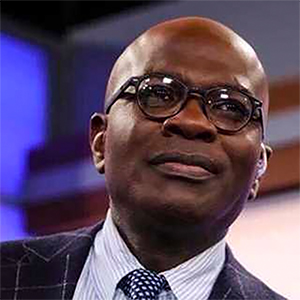



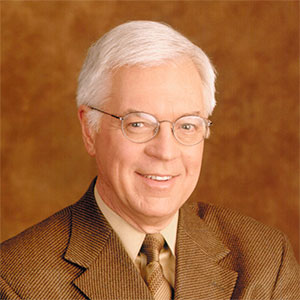
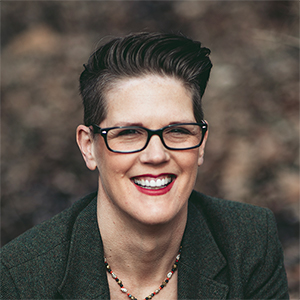





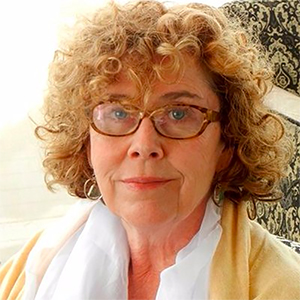

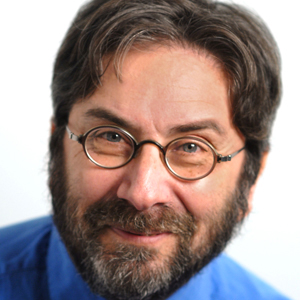
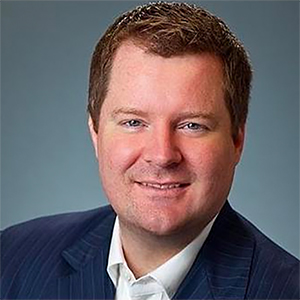
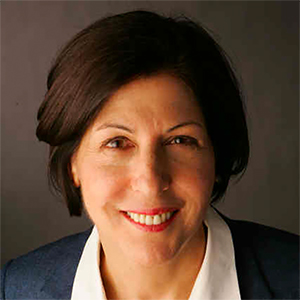




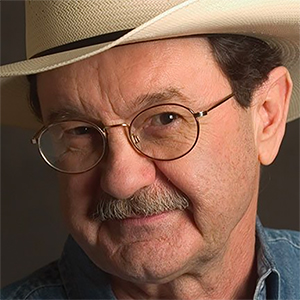

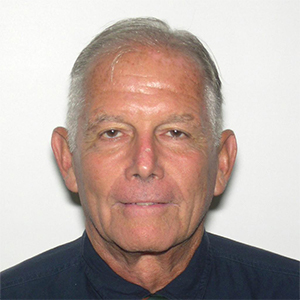
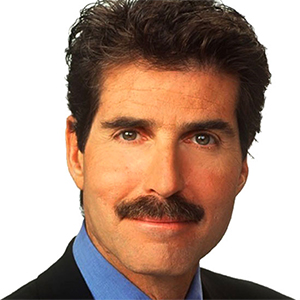

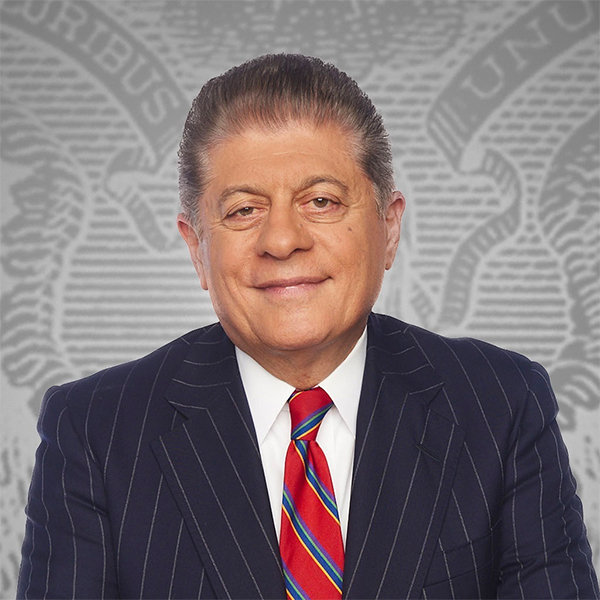










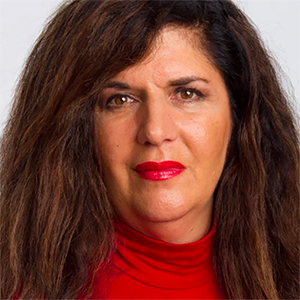



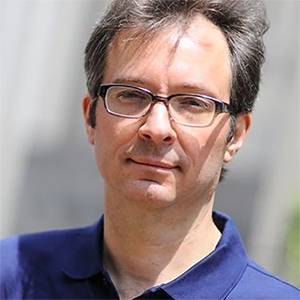












Comments